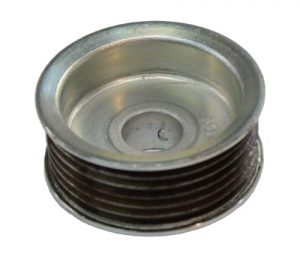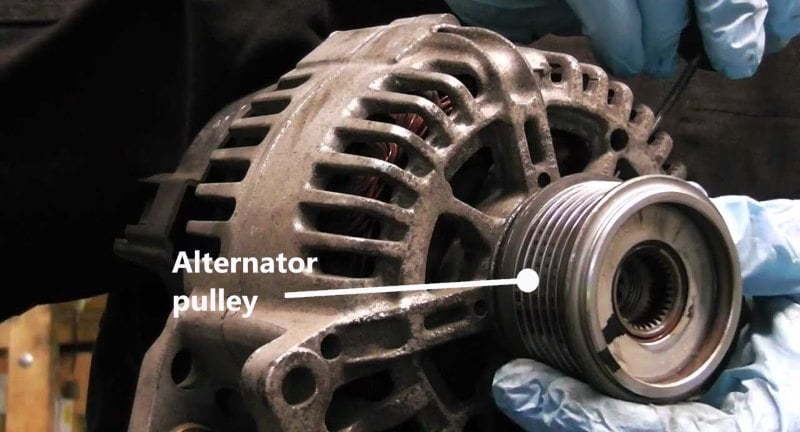What’s an alternator pulley, and why should you care?

Alright, so you’ve pulled up here in Hamilton — maybe you’ve noticed a weird noise under the bonnet while you’re trundling along Te Rapa Road, or maybe your car’s just not quite itself after a tough winter out in Matangi. Here’s the scoop: your alternator’s what keeps your battery and all the electrics in your car ticking along. It runs off a drive belt that spins an alternator pulley — and if that pulley (or the bearings inside it) start packing a sad, your car’s gonna let you know pretty quick.
The pulley’s job is to make sure power from the drive belt gets to the alternator. If it seizes or the bearings go, you could end up stranded in the middle of Five Cross Roads or crawling back from a day trip to Ngaruawahia. Still, want to geek out more? Learn more about how the alternator pulley works >
What goes wrong with alternator pulleys?
Most times, it’s those tiny little bearings inside the pulley that wear out. Happens more when you’re doing lots of stop-start driving — like Hamilton central in school pick-up traffic, or bouncing over potholes around Dinsdale. When bearings start grinding up, the pulley can seize, your alternator stops charging, and your poor old battery takes the hit. Ignore it long enough, and it’ll chew out your drive belt as well — which is a way bigger fix than just a new pulley.
How do you know your alternator pulley’s cactus?
Loud grinding or squeaking — Classic one. Next time you’re heading down Hukanui Road and you hear a squeal or a rough grinding coming from under the bonnet, that’s your warning sign. Often sounds even worse in winter when everything’s cold and damp.
Battery warning light — That annoying little dash light might flicker on and off, or just sit there staring you down. Usually means the alternator’s struggling to charge. If you want the light checked properly, here’s a handy link for battery warning light diagnostics in Hamilton >
Trouble starting — If you’ve got a Mazda Atenza, a Suzuki Swift, a Honda Fit, or even one of those weird SsangYongs we see every so often, and it’s just dead when you turn the key, sometimes it’s the alternator pulley that’s the culprit.
Car randomly cuts out — One of our techs had a woman bring her VW Touran in from Morrinsville; she’d had it cut out halfway through a roundabout. Freaky stuff. Once the pulley goes, alternator can’t keep the battery charged, and eventually, car just dies — especially if you’re running heater, lights, wipers and whatnot.
Why bother fixing the pulley sooner than later?
- Reliability: Keep the belt tight, alternator spinning. You don’t want a surprise breakdown on the way to Cambridge or while you’re late for work in Rototuna.
- Better fuel use: If the engine’s fighting a seized pulley, it’ll chew through more gas — and let’s face it, petrol’s not exactly cheap anywhere from Hamilton to Horotiu.
- No more weird noises: Replace that shot pulley, and most of those chirps and squeals from the engine bay just vanish. Nice and quiet rolling over the speed bumps by waikato hospital.
- Longer alternator life: Let things grind away too long, and you’re often up for a new alternator too. Makes more sense to fix a pulley than pay for the whole lot.
Alternator Pulley Repairs & Replacement in Hamilton
So, if your Toyota Estima, Hyundai Tucson, or that Peugeot 308 you picked up for a deal is showing any of these signs, swing by Grimmer Motors. Our crew’s sorted plenty of these jobs — from 20-year-old Subies to brand new hybrids in from Tamahere. We’ll check over your alternator pulley and bearings, sort what needs fixing, and get you back out on the road.
For alternator pulley diagnostics, repairs, or a straight swap, give us a bell. Or just book online and we’ll take it from there.

